The following is an edited transcript of the video essay above. You can subscribe to Jon in Theory by clicking here.
When you think about a big-budget, blockbuster Hollywood movie, what comes to mind? For me, I immediately picture the first time we see a field of roaming dinosaurs in Steven Spielberg’s Jurassic Park. My mind goes to the rotating swivel of superheroes in Marvel’s Avengers. And Indiana Jones running from a massive boulder, Luke Skywalker trusting the Force, and even relatively smaller moments, like Peter Parker hearing his Uncle Ben’s iconic axiom for the first time in Sam Raimi’s Spider-Man.
It’s easy enough for most people to accurately pinpoint the difference between a blockbuster and an arthouse movie. And it’s even easier for us to understand why we might like or love a blockbuster, especially one we saw at a younger age. If you’re like me, you might’ve checked out an indie arthouse feature at some point, maybe because you heard it won some big award at the Oscars. Or you follow some people on social media who insist the movie is “transcendent” or a “must-watch,” and if you don’t think this film is one of the best of the year, then to them, you’re not really a film fan, are you?
But then, maybe after you watch that indie arthouse movie that got nominated for best picture, you walk out of the theater, totally confused about what you just saw. You may wonder why this movie all the critics keep raving about was so…well, boring.
And what makes it weirder is that the blockbuster movie you loved received negative reviews. Even though this arthouse movie you didn’t love is getting all the praise and attention.
First of all, having that sort of reaction and experiencing a disconnect like this with the critical consensus is totally normal and nothing to feel ashamed about. Almost everyone has gone through it at least once, and it doesn’t mean you’re less of a film fan. And to be clear, the critics and/or cinephiles who told you that arthouse movie was truly special aren’t out of their minds, either. Hopefully.
You’ve probably heard it said that people who watch a ton of films, particularly film critics, are a lot harsher in their opinions because they’ve seen almost all of it before and therefore tend to prefer and champion weirder, off-beat movies that are doing something totally different. While this observation is certainly valid in a lot of cases, it doesn’t really explain why causal moviegoers are perfectly content to watch the same kinds of movies hundreds of times over without getting sick of them. And why critics will often hold some blockbusters to a much higher standard than others.

There’s a deeper, underlying framework for how critics and casual moviegoers interpret and react to various types of blockbusters, indies, and everything in between. In other words, there’s an actual, defensible reason for why film critics hate a lot of the movies that many casual moviegoers love. And the other way around. To explain this, I’m going to break down the building blocks of blockbusters and the fundamentals of Indies. And I think you’ll find that these two seemingly polar opposites are way more similar than you might suspect. You can even argue that they’re two sides of the same cinematic coin.
Before we get into the extremes, let’s talk about the middle of the spectrum.
There are plenty of “gray area” films that don’t neatly fit into blockbuster and indie. These are the mid-size budget films that are designed to be commercial hits, but they have a lot less spectacle and let’s just say “pizazz” than the typical Hollywood superhero movie or spy action franchise. So it’s not quite accurate to call them blockbusters or Indies. Sometimes, their budgets can even be surprisingly huge, not because of visual effects and other postproduction costs, but because of the pedigree of the actors, shooting on location, and other such considerations. Some examples include A Star is Born, Ford v Ferrari, and even more recently, Netflix’s Don’t Look Up.
Advertisement
One of the common factors between these mid-size budget films and many more like them is that they came out during their respective award seasons. This happens because the industry knows that an award nomination can lead to improved cultural interest and therefore box office return for movies that aren’t based on any existing intellectual property, beyond maybe a novel or something similar.
But for the most part, you can pretty easily call a lot of these middle films either “lite” blockbusters or “crossover” arthouse movies depending on the circumstances. The thing to keep in mind is that unlike most blockbusters, these types of films are designed to be more appealing for older adults than they are for young adults, teenagers, and kids. More on that, later.
So back to the original question. Why does it seem like critics hate the movies you love? Why does it seem like critics have it out for so many blockbusters? Perhaps unfairly. To answer these questions, we first need to dig into the real differences between blockbuster Hollywood movies and indie-styled arthouse films.
PART 1: The real differences between blockbuster Hollywood movies and indie-styled arthouse films.

When I say there are differences between blockbusters and arthouse movies, I’m not just talking about the extremely obvious, surface-level differences. Because yeah, the budgets, the visuals, the music, the auteur level of the director, and the sheer scale of these movies are pretty apparent to anyone who’s seen even a modest range of films over the last few decades.
Advertisement
But as you can imagine, there are somewhat hidden differences between these two, grand film archetypes. These below-the-surface qualities can help explain why there can be such a variance of reaction when critics and audiences discuss their thoughts on a given film. My goal, here, for that reason, is to help create a sense of understanding for people who maybe make assumptions about film critics as, well, snobs.
In truth, there’s way more to what’s going on in your typical blockbuster and indie than you might expect. And film critics are uniquely reacting to these core principles when evaluating a given film. Even if they don’t realize it.
First, let’s identify one of the most basic, fundamental truths about virtually every single film ever made. No matter the genre or era in which it was produced. Fundamentally, movies are about change. They start in one place and they end in another. This is a profound reason why human beings crave and seek out films at all. Because the best ones change at least a small part of our lives and how we view the world. If they don’t? Well, it’s more likely to be a film we relegate to the dust bin.
Blockbusters, for the most part, are optimistic about change.
Even if they don’t have a standard happily-ever-after ending, big-budget commercial films tend to prioritize the can-do spirit of people overcoming overwhelming obstacles. Even in a pretty dark and moody blockbuster like Denis Villeneuve’s Dune, for example, the “Part 1” of this film duology ends with a sense of triumph. Not just literal triumph for the main character, Paul, but a triumph of the question driving the narrative. Will Paul become the hero everyone tells him he needs to be?
Advertisement
Let’s look at a film like Jurassic Park again. Despite all the death and destruction and setbacks experienced by the main characters, including the trauma to come from witnessing such horrific events, the movie ends with a cathartic moment of awe directed toward the dinosaurs. And the failure of “Jurassic Park” as a functioning, moneymaking endeavor is a negative thing, but its downfall is a change for the better. The movie submits that the world is better off without a theme park filled with dinosaurs.
Arthouse films tend to be far murkier and pessimistic about change.
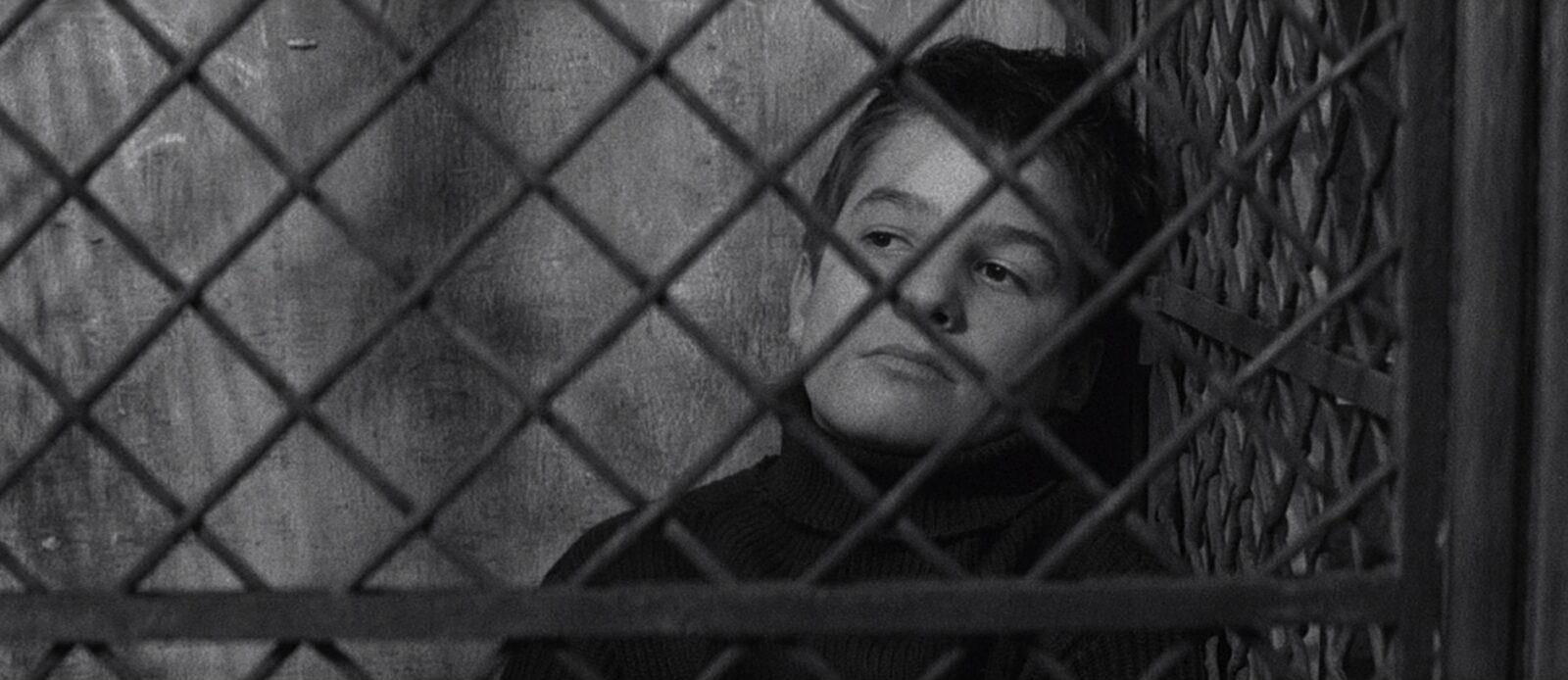
François Truffaut’s perennial 1959 classic, The 400 Blows, is certainly among those kinds of films, as it essentially ends with a listless, bleak attitude about the future of the main character, a troubled youth who can’t seem to find a sense of fulfillment, even when escaping the legal juvenile prison he’s been sent to. There’s certainly a change in the film, and it’s Antoine’s realization that his life may never really get better. That the troubles and prejudices he’s experienced so far in life will prevent him from being able to achieve long-term satisfaction from the same types of everyday experiences that he sees other people enjoying just fine.
That’s not to say that all arthouse films are depressing or that they all have to use melancholy as an aesthetic or primary theme.
Sean Baker’s 2016 film, The Florida Project, is a great example of a film that is supposedly upbeat and wistful at first glance, since it’s mostly about imaginative kids spending their summer living in a motel and having fun. But as the movie goes on, we witness the crushing circumstances surrounding and contradicting their youthful joy. The film reveals a darker truth about people below the poverty line and how that sort of life will ultimately impact and change the next generation gradually, most likely for the worse. The film isn’t all doom and gloom, it’s just pointing out that life contains many challenges that people need to address if we’re to earn that “change for the better” that our blockbusters base themselves around.
This is why it’s also reasonable to value a blockbuster for its level of escapism. Its ability to make us feel better about the world by showing us one that isn’t so bad. Even if Thanos snaps away half of all human life, as we see in Avengers: Infinity War, we can rest assured knowing that despite the costs, we’ll all find a way to make things right in Avengers: Endgame.
And this is certainly purposeful on the part of filmmakers and studios.
To make the most amount of money, these movies need to capture a large demographic of not just adults, but children and teens, too. And many, if not most children certainly respond more favorably to escapist films, because they present a familiar and therefore comfortable world. For children who aren’t as aware of the downsides and pitfalls of reality, depending on the circumstances of their upbringing. A Pixar movie where a rat gets to become the greatest chef France, implausible as that might literally be, strikes a resonant chord with a truth children more readily accept. That if you chase after what you want and work hard enough, you just might get it.
On the flip side, the standard arthouse film provokes more mature viewers to question this presumption. What if you don’t get what you want even though you worked hard? Well, Monsters University, to borrow another Pixar film, is about that, too. But it submits that in those cases, you can always find your calling in something else.
Make a personal change, for the better.
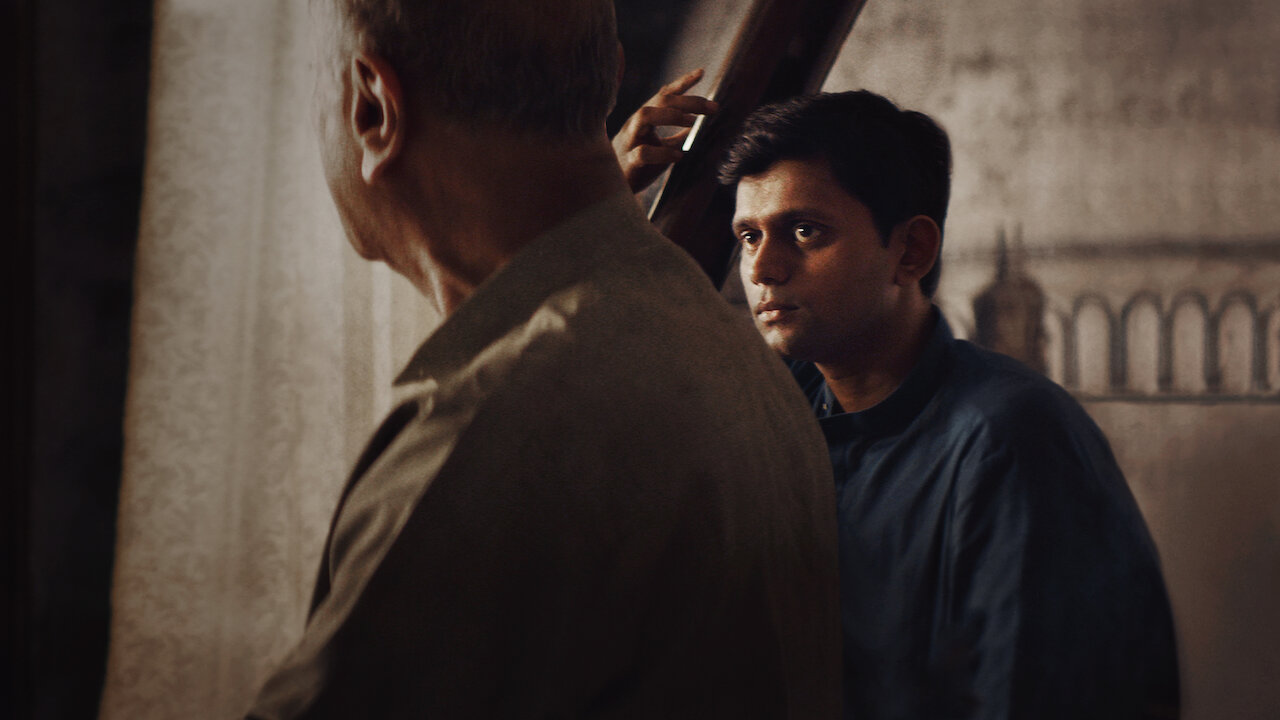
But then there’s the arthouse film, Chaitanya Tamhane’s The Disciple, in which the main subject works obsessively hard to become one of the greatest musicians in classical Indian music. But even when he tries to pivot, compromise, and adapt to his own limitations, he still fails. And the film ends with the viewer forced to confront this bleak, but honest possibility that exists for many people across the world.
You may have already thought of a few movie examples that break these rules and characteristics I’ve been laying out. As I sort of mentioned before, there is a middle ground. And it should be mentioned that a lot of critics and film enthusiasts enjoy films that exist all across this spectrum from the most brainless blockbusters to the most pretentious arthouse flicks.
At the same time, it’s also true that a lot of critics tend to value arthouse films more strongly than mainstream blockbusters.
Not because they’re snobs, but because they typically desire films about change that are more challenging to them. And therefore, more challenging to the world. If a film can produce this sort of supposed social good in its commentary, not just its technical accomplishments, critics may find good reason to rate the film higher than others.
Similarly, a blockbuster enthusiast might value the big-budget sci-fi spectacle more than the arthouse film about abject poverty. Not because they have low standards, but because they see the escapist, feel-good film as a balm for an already anxious, weary society. People know the world is terrible. Movies, even if they are technically coy about that fact, can be tremendous tools in healing our wounds and getting us through the day with a healthy dose of comfort by way of simulated images.
The best critics I happen to know appreciate that we can and should have both blockbusters and indies. That the moviegoing world wouldn’t be nearly as interesting if we only had one and not the other. Great critics should always present context and perspective when addressing the intended appeal of the film they’re reviewing. So they can present the film as it is, not as how they might wish it to be.
And yes, plenty of movies are crossovers or hybrids.
As in, they blend many aspects of both blockbusters and indies. A given film might have the trappings of an arthouse movie, but the pleasant outlook of a mainstream blockbuster. Films like these tend to be considered “Oscar bait.” Because they look like arthouse films but make people happy and therefore more willing to give them awards. It’s a whole thing.
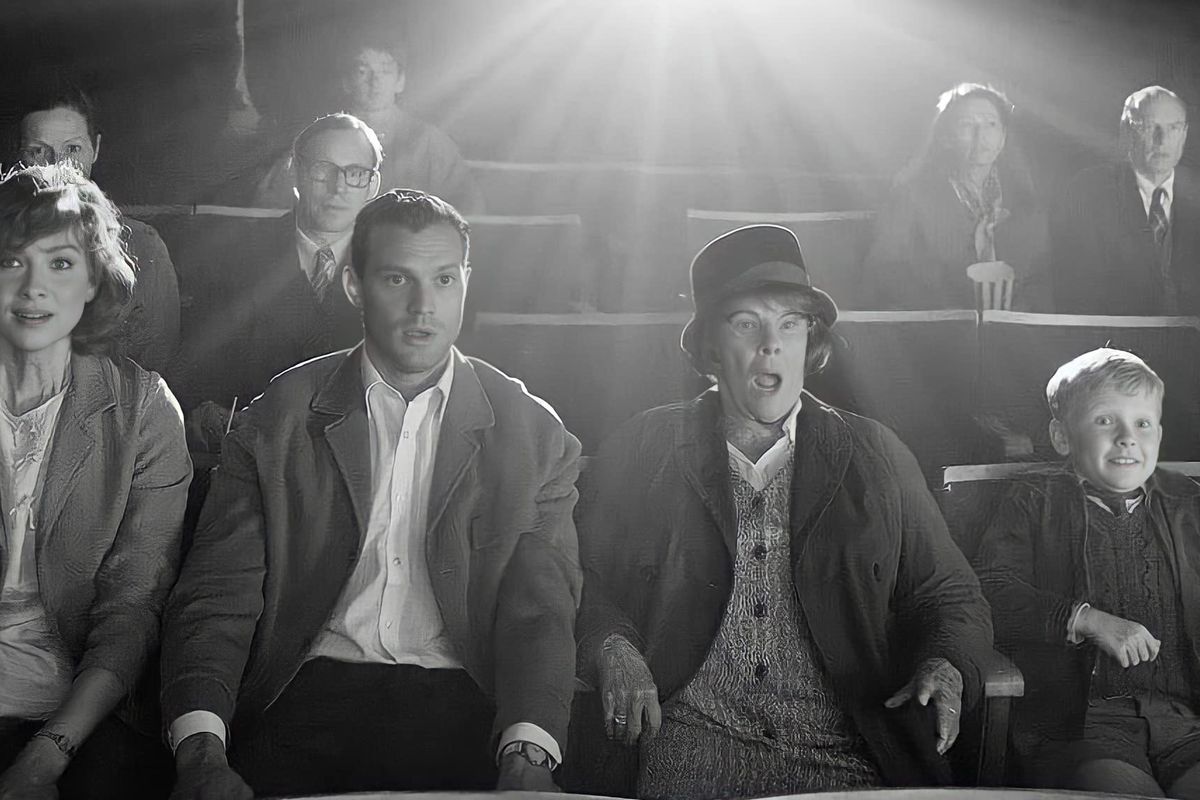
A recent example would be Kenneth Branagh’s Belfast. It looks like an arthouse film because it’s shot in black and white, it has a small budget, it’s a minimalist period piece, it’s a semi-autobiographical story about the director, and a bunch of critics think it’s overrated. But it’s also a feel-good crowdpleaser. For all the strife that occurs during the film, it always comes out on the other side with a big grin.
Some of my personal favorite movies are crossovers. Mainly because they have immaculate craft and can’t be boiled down to only optimistic or only pessimistic. For example, John Carney’s Sing Street is practically designed to make you smile. The music is great, the story and romance are effective, and it ends with a character you’ve come to love finding himself soaring to a new potential.
But the film also contains some hefty, bittersweet truths for some of the other characters, most notably the older brother who watches the main character go off to win a better life, but ultimately leaving him behind. Movies like this recognize that the world is complex and full of disappointment. But it does have victories, big and small. Is there anything more honest than that?
So when you’re evaluating a given film and you’re not sure what to make of it, a great place to start is with some of these guiding principles.
There are always outliers, but it’s much easier to contextualize a film and how people are reacting to it when you can accurately confirm the purpose and intentions of the film. When you can really figure out what the film is trying to say and why it’s saying it.
Another helpful indicator for where a given film might fit on the blockbuster-to-indie spectrum is whether or not the film prioritizes the inner conflict and inner life of the main characters. Do you learn more about what makes a character tick from nonverbal cues, like the choice of setting, a more silent yet expressive performance, or a lack of exposition? If so, you’re likely grappling with a bonafide arthouse movie.
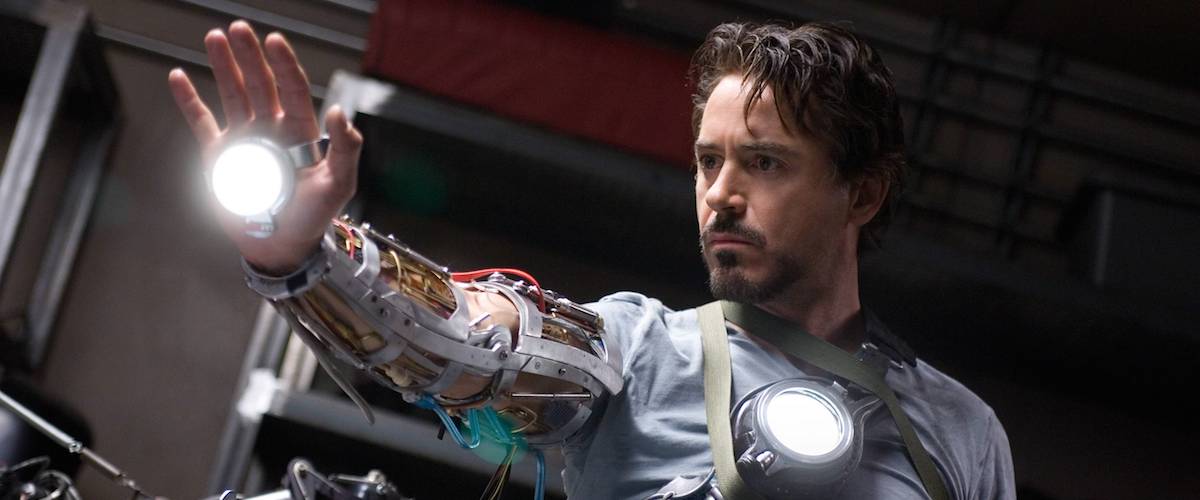
Blockbusters have inner conflict, too, of course. But they mostly fixate on the external conflicts faced by the main characters. For example, Tony Stark in Iron Man would never have become a superhero if he hadn’t been abducted by a terrorist group that used his own weapons against him. The conflict that incites the plot of Iron Man is external to Tony Stark. The character arc, in which Tony learns to become a better person, is the inner conflict.
But here’s the difference.
The external conflict is more complex than the inner conflict. That’s how most blockbusters work. The arthouse film is usually the other way around. Its external conflicts are minimal and basic in their structure. But the inner conflicts are profound, messy, and complicated.
On that note, critics sometimes despise arthouse films that are too abstract or too oppressive in their storytelling for there to be a sense that anything is changing, but instead you’re just being preached to about change. And many critics will hate certain types of blockbusters that were designed from the ground up to be momentary, corporate-fueled distraction machines and absolutely nothing else. Both extremes can be examples of the writers and directors behind these movies not really believing or investing in the art that they’re creating.
The blockbusters and indies that suffer from this “creative uninvolvement” are surely different, but the outcome is essentially the same.
The only thing you can really do as someone who might appreciate movies and wants to appreciate more of them is to find your own comfort zone. Your starting line. If you don’t think arthouse flicks are your thing, for example, own up to it. Or, alternatively, if you find blockbuster movies loud and annoying, you shouldn’t feel obligated to pretend you believe otherwise.
For a lot of people, a great place to start is somewhere in the middle, so you can expand from there. Whether it be the joyful, chilling delights of the horror genre, which represents a whole different conversation about this cinematic spectrum, or a predilection toward documentaries that spark your intellectual spirit. Whatever the case, there’s always a path to gaining a stronger, more self-assured confidence in your tastes, regardless of what the critics or more casual moviegoers say you should like.
PART 2: What are critics trying to do?!
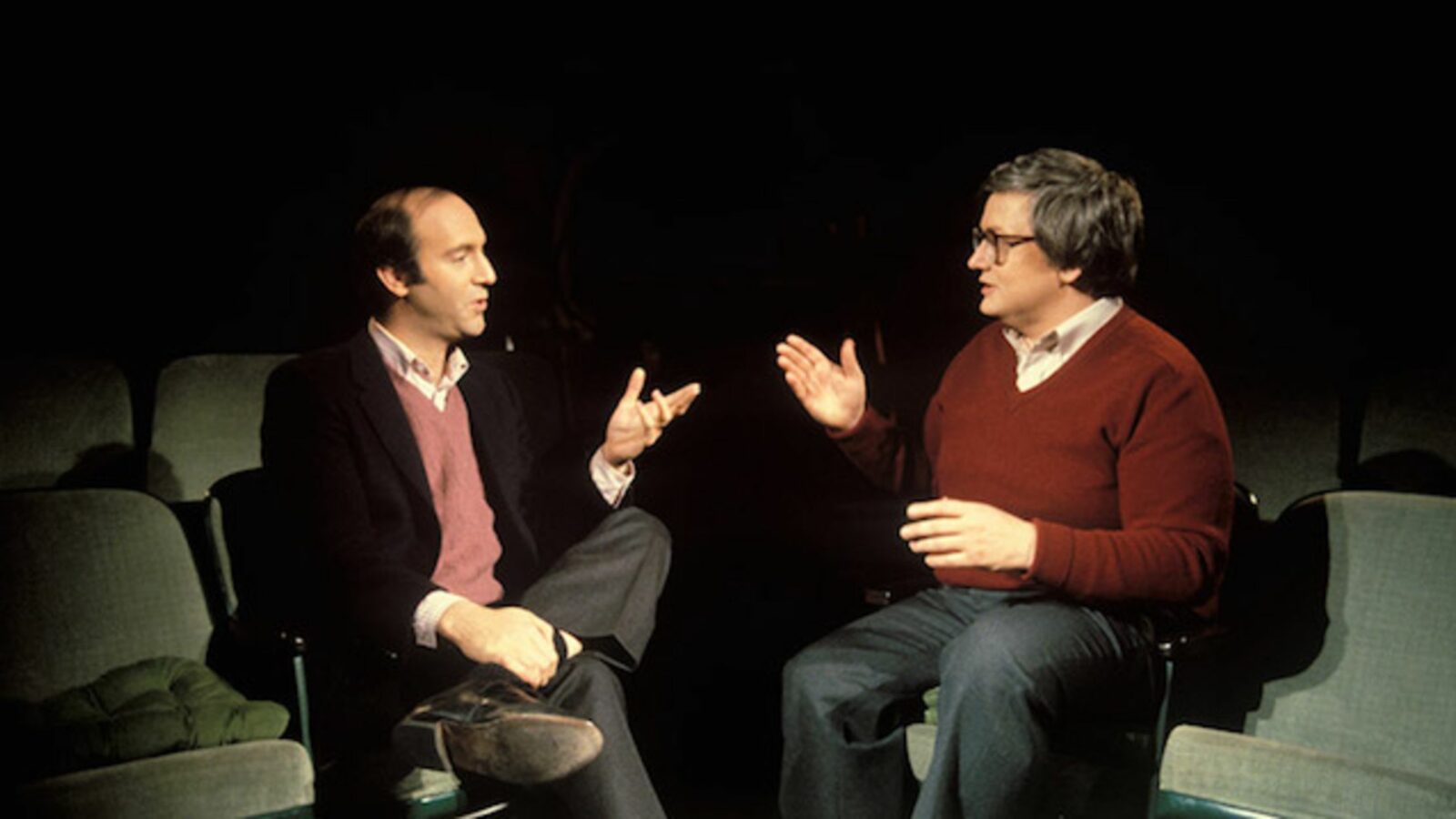
When a critic takes aim at a blockbuster that the general public has immediately embraced, it’s important to keep in mind the true goal of the critic. It’s not to parrot or validate the mainstream appeal of a given film. A good critic will still balance their perspective, whatever it may be, against the broader reaction they expect the film to receive.
For example, it’s perfectly valid for a critic to point out that the live-action remake of The Lion King will certainly please a subset of fans who are only seeking to relive the original in a new format. But it would be disingenuous for the critic to then downplay their own dissatisfaction in the film, if there is any. The critic should not be swayed by the audience, for the same reason audiences should not invent their opinions due to what they perceive critics to think.
One of the most productive goals of cultural criticism is not to change people’s minds, especially through gatekeeping and peer pressure. It’s to save a time capsule of impression. What did this film mean to the writers and stark film enthusiasts of that given time period?
Critics have “gotten it wrong” plenty of times throughout film history.
Not that their opinions were necessarily wrong, but that they may have written off a certain film for contextual reasons related to the world around them at the time of release. Even though said film would go on to be regarded as a classic for many generations. We typically call these films “ahead of their time.” When it took years of naysayers from bubbles of critics and audiences to insist that a failed film—so one that most critics and audiences initially rejected—is worth revisiting and re-evaluating.
And that is, ultimately, one of the best outcomes of having critics in the first place. They can bookmark and promote the discovery or rediscovery of forgotten or forlorn works of art that can be cherished by new waves of audiences who wouldn’t have even known about the film, otherwise.
Yes, critics can certainly exist in cultural bubbles.
When reading reviews, you might get the impression that critics base a lot of their pop culture knowledge and social values around what they’ve read or gleaned from other critics, either through reviews or social media spaces where film critics and entertainment influencers dialogue with one another on a regular basis. In other words, “Film Twitter.”
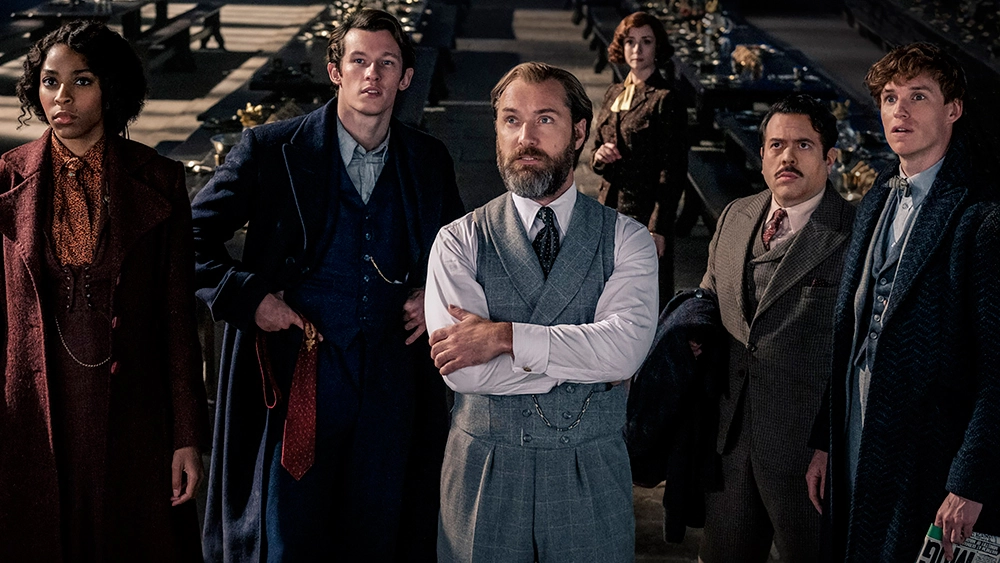
For example, when the next film set in the “Wizarding World” of Harry Potter eventually releases, most critics will probably base some of their criticism around the online backlash to J.K. Rowling’s transphobic activism over the last few years. This will be extremely confusing and perhaps reviled by many Harry Potter fans who didn’t even know Rowling made these comments because they don’t have a direct connection to the cultural bubbles where these condemnations are well-known.
But it is extremely reductive to conclude that there is one, monolithic bubble that critics exist in and need to break out of.
And it’s also strange to assume the “critic bubble” is completely or even mostly separated from all the disparate bubbles shared by people around the world. Life just isn’t that simple. There isn’t really a broad, momentous, mainstream mono-culture anymore. For the same reason there are very few “water cooler” shows, or TV programs where almost everyone is tuning in, media consumption is more fragmented than ever thanks to the widespread expansion of the internet.
We no longer live in a time when film critics would receive most of their impressions and eyeballs through traditional, nationally recognized media. They’re either writing their reviews for other critics and industry types, or their cultural bubble at large. So people who are online and plugged into the regular film scene.
And virtually all critics are not just aware of this fragmentation, but actively adapting to this inevitable shift in cultural criticism. They know what’s likely to happen when someone from their hometown, let’s say a small community in southern Virginia, reads their negative review of the latest Marvel Cinematic Universe movie. They know this person who happens to follow them on social media for personal reasons unrelated to film will feel jarred and maybe even betrayed by a critic they know in real life disliking something they so strongly loved. And vice versa.
This occasional disconnect is, unfortunately, unavoidable.
The critic can’t warp their approach to film writing in order to account for every person who might read their work. Common sense tells them to write in a way that is true to their principles. Because those principles are what will resonate with their cultural bubble. The people from that bubble who engage with their criticism regularly can easily detect when a critic violates their own consistency and integrity, which is a wonderful, existing incentive for critics to keep it real, assuming they want to maintain a dedicated and growing following.
These are huge oversimplifications, to be clear, and they don’t accurately represent every single critic working today. Particularly those who operate more locally or have cultivated variant audiences on emerging platforms like Tik Tok and YouTube.

After all, you can probably tell there is a huge difference between the tone and style of most YouTube film critics and those who exclusively use the written word. This is why a lot of critics, including ones from southern Virginia, will pivot to other platforms and mediums in order to expand their audience. We’re seeing a huge change in how critics “entertain” with their work. These days, it’s not really about who writes the best or articulates they opinions better than others.
To generate an audience that transcends cultural bubbles and appeals to the most people possible generally requires personality over profession.
If you can be an entertainer, first and foremost, more people are likely to engage with your creative output, even if they have no direct connection to the cultural bubble that informs a lot of your opinions and tastes. This is also how a lot of people actually get plugged into culture bubbles in the first place. Through cultural critics who entertain them and introduce them to that world or online community.
So in conclusion, the main reason why a critic hated that thing you love—whether it be a book, video game, song, or movie—has very little to do with how “normal” people experienced it. It doesn’t mean one group is superior to the other, or that we have nothing in common. Or that critics have nothing to offer mainstream audiences who actively seek out a version of entertainment that the critic might reject.
It simply means that critics are here to evaluate and analyze stories using a combination of objective and subjective criteria that can best explain why a film is successful on some level. Either successful in a way that evokes a positive reaction from the critic, or successful in how it arguably advances the medium. For many critics, criteria like this is what determines a film being worth their time. And if they’re doing job correctly, the casual moviegoer can get something out of their review, even if they have a completely different outlook.
Advertisement







